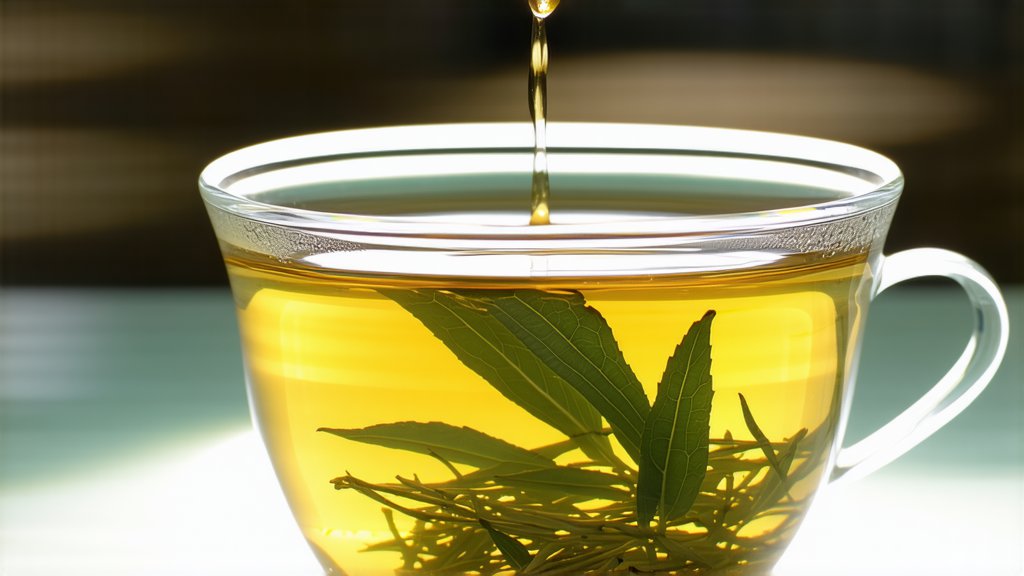
Nestled within the rich tapestry of Chinese tea culture lies a gem that shimmers with a golden hue, known as the Huangcha, or yellow tea. Among its prestigious varieties is the Junshan Yinzhen, a rare and exquisite tea that has captivated connoisseurs for centuries. This article embarks on a journey to unravel the history, types, production process, and art of appreciating this unique beverage, offering an insightful glimpse into the heart of China's tea heritage.
Historical Whispers: The Origins of Junshan Yinzhen
The tale of Junshan Yinzhen begins in the misty mountains of Hunan province, where the Yao ethnic group first discovered this precious tea. Legend has it that during the Ming Dynasty (1368-1644), a tea farmer named Wen Shiren stumbled upon a natural mutation in his tea bushes, leading to the creation of what we now know as Junshan Yinzhen. Its name translates to "Silver Needle from Junshan," referring to the fine, silvery down covering each bud, resembling needles glistening under the sun.
A Symphony of Flavors: Exploring Varieties
Junshan Yinzhen stands out among other yellow teas due to its meticulous cultivation and processing methods. Unlike green teas, which are quickly fixed through high-heat pan-firing, or black teas that undergo full oxidation, yellow teas like Junshan Yinzhen follow a unique path of minimal processing. This results in a flavor profile that is distinctly different from its more common counterparts, characterized by a subtle sweetness, a hint of fruitiness, and a smooth, velvety texture.
The Art of Crafting: From Leaf to Cup
The journey from fresh leaf to finished product involves several intricate steps. It all starts with the careful selection of young tea shoots, typically consisting only of the top two leaves and the bud. These are then skillfully hand-picked, ensuring minimal damage to the delicate structures.
Next comes the crucial stage of fixation, where the freshly picked leaves undergo a gentle steaming or slight baking process. This step halts enzymatic activity without completely stopping oxidation, allowing a controlled degree of enzyme action that gives yellow teas their characteristic color and taste. The leaves are then wrapped in cloth and left to 'sweat,' a process that further contributes to their unique yellow hue.
Following this, the leaves are spread out to dry naturally under the sun or in a controlled environment. This slow drying process helps preserve the tea's natural flavors and aromas, resulting in the final product – a treasure trove of fragrant, golden-hued leaves ready for brewing.
Savoring the Essence: Tasting Junshan Yinzhen
To truly appreciate Junshan Yinzhen, one must engage in the ritual of tea tasting, a practice deeply rooted in Chinese culture. Begin by selecting a clear glass or porcelain cup, allowing you to admire the tea's color and observe the unfurling leaves as they steep. Use water heated to around 80-85°C (176-185°F) to avoid scalding the delicate leaves.
Pour the hot water gently over the tea, and watch as the leaves dance and release their essence. Allow the tea to infuse for about 2-3 minutes before taking your first sip. Notice the initial aroma, often described as floral with notes of honey and apricot. As you sip, let the tea roll over your tongue, savoring its complexity – a harmonious blend of sweetness, umami, and a whisper of astringency.
The aftertaste should linger pleasantly, leaving a clean, refreshing sensation in your mouth. With each subsequent infusion, adjust the steeping time slightly longer to explore different facets of the tea's character. Typically, Junshan Yinzhen can be enjoyed for three to four infusions, each revealing new depths of flavor.
Conclusion: Embracing the Golden Tradition
Junshan Yinzhen represents not just a tea but a bridge connecting past traditions with present enjoyment. Its production is a testament to the artisanal skills passed down through generations, while its consumption invites us to slow down and savor life's simple pleasures. As you delve into the world of this golden delicacy, you embark on a sensory adventure that transcends time and space, celebrating the artistry and philosophy embedded within every cup of Chinese tea.